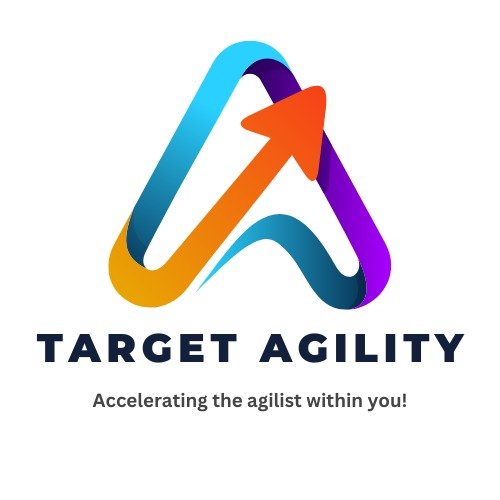In today’s fast-moving digital world, building a successful product isn’t just about adding new features. It’s about building the right features—those that truly help users and support your business goals. That’s why more and more Product Owners are turning to data to guide their decisions.
A Product Owner (PO) today needs to do more than just manage the backlog. They need to use data—especially user behavior and business metrics—to decide what to build next. This approach is called data-driven product ownership.
Let’s look at how using user analytics and business KPIs (key performance indicators) can help Product Owners make better prioritization choices.
Why Data Matters in Product Decisions
Without data, product teams often rely on guesses, opinions, or stakeholder pressure when deciding what to build. While experience and instinct are still important, they shouldn’t be the only things guiding your decisions.
Using data helps you:
- Make clear, evidence-based decisions.
- Stay aligned with company goals.
- Test ideas before spending time and money on them.
- Explain choices to stakeholders with confidence.
Using User Analytics to Understand What Matters
User analytics show you how real people use your product. Tools like Mixpanel, Amplitude, Google Analytics, and Hotjar can give you useful insights into what’s working and what’s not.
Here are some helpful metrics to track:
- Feature usage – Are users actually using the features you’ve built?
- Retention and churn – Are users coming back, or are they dropping off?
- Funnel performance – Where are users getting stuck in key flows like onboarding?
- Engagement – Are people actively using your product or just visiting briefly?
Looking at this kind of data helps Product Owners spot problems, find opportunities, and make better decisions about what to improve or build next.
Aligning with Business Goals Through KPIs
While user data shows how people interact with your product, business KPIs show how your product affects the company’s success.
Some useful KPIs for Product Owners include:
- Customer acquisition cost (CAC)
- Customer lifetime value (CLTV)
- Monthly recurring revenue (MRR)
- Conversion rates (for example, from trial to paid user)
- Customer satisfaction scores (like NPS)
For example, if your company wants to reduce churn, your backlog should focus on improving user onboarding or fixing pain points that are driving people away. These changes are more valuable than building a flashy new feature that doesn’t solve a real problem.
How to Prioritize with the Help of Data
There are frameworks that help Product Owners prioritize work in a structured way. Some popular ones include:
- RICE (Reach, Impact, Confidence, Effort)
- ICE (Impact, Confidence, Ease)
- Kano Model (Focuses on what users expect vs. what will delight them)
- WSJF (Weighted Shortest Job First, common in scaled agile setups)
These tools help you combine data with estimates of business value and effort so you can focus on what truly matters.
Tools That Can Help

There are lots of tools that make it easier to be a data-driven Product Owner:
- Jira Product Discovery – Helps you track ideas, priorities, and delivery progress.
- Productboard or Aha! – Lets you collect user feedback and tie it to product work.
- Analytics platforms like Amplitude or Mixpanel – Show detailed user behavior.
- Dashboard tools like Tableau or Power BI – Help you visualize key metrics.
When these tools are part of your workflow, prioritization becomes a regular habit, not just something you do once every few months.
Conclusion
Being a data-driven Product Owner doesn’t mean ignoring your instincts. It means using both your experience and solid data to guide decisions. By understanding your users and tracking business impact, you can build products that make a real difference—for your customers and your company.
Data won’t make the decisions for you, but it will help you make better ones.











